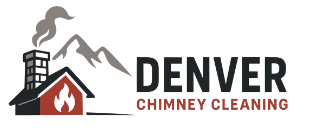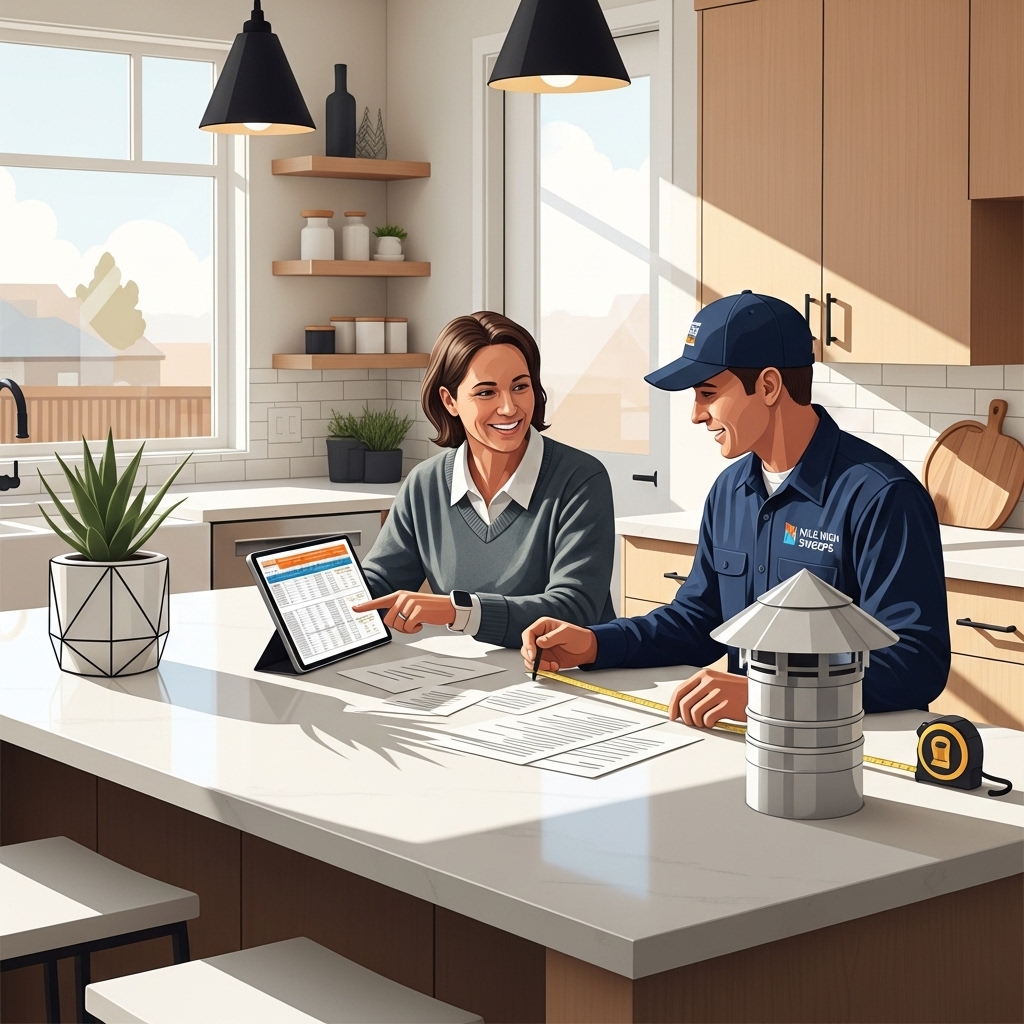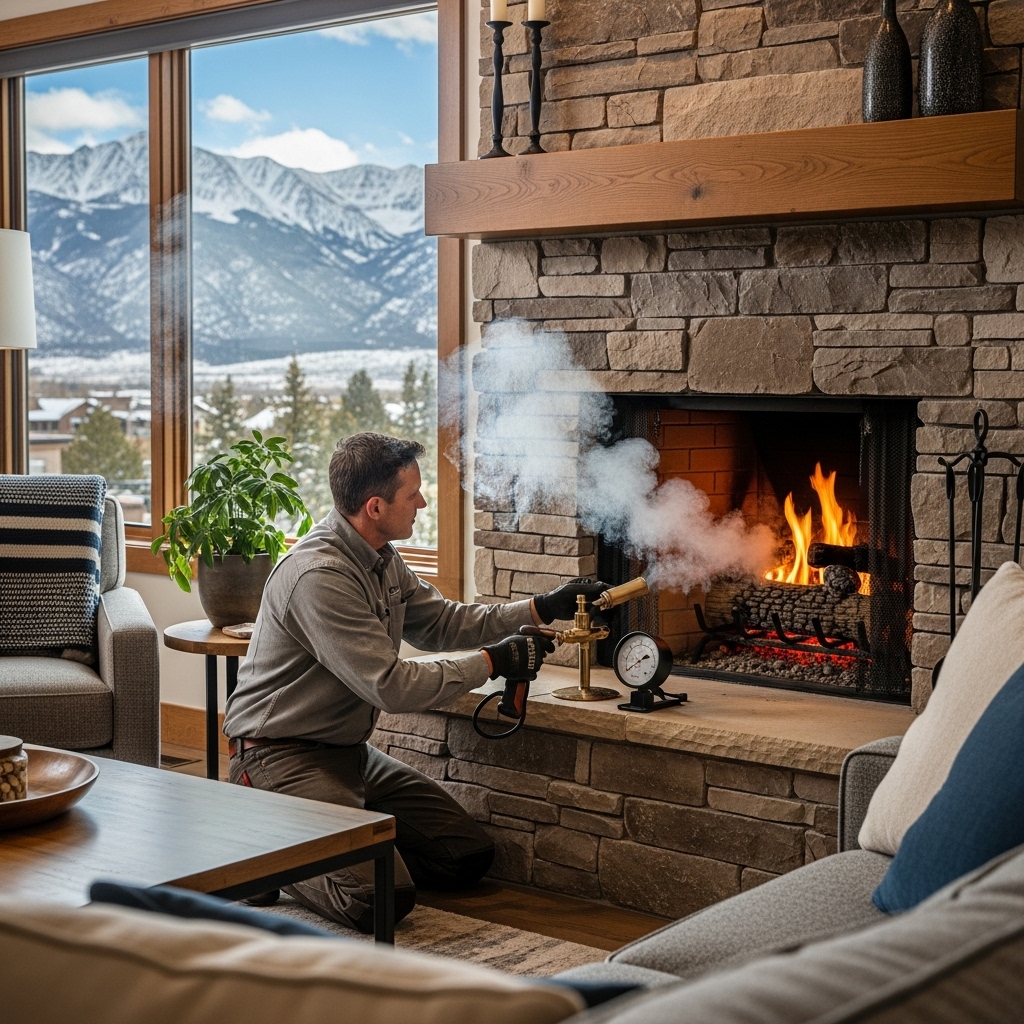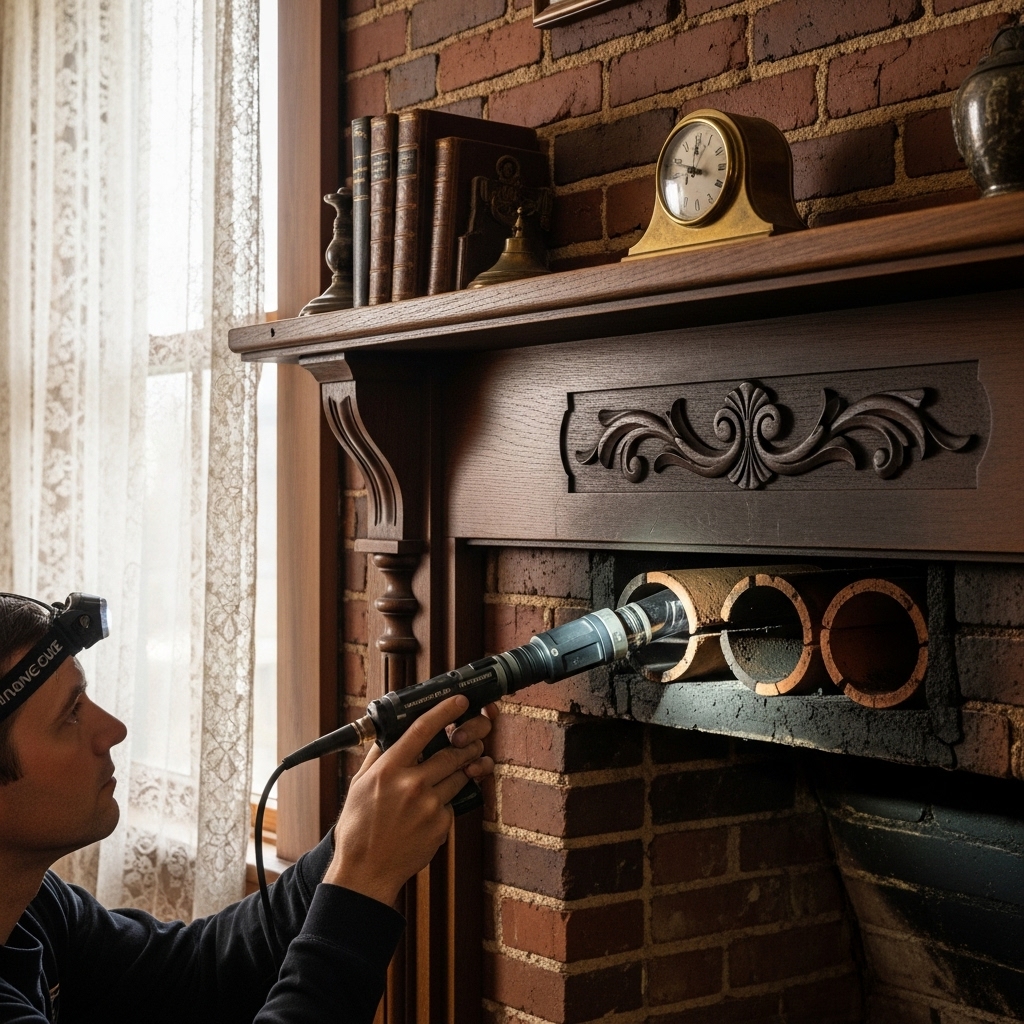Understanding what influences the overall investment for chimney maintenance in Denver helps you plan ahead and protect your home. While the topic often focuses on numbers, the more useful approach is to understand the variables that shape the scope of work, the time required, and the level of expertise involved. When you begin your research or reach out to a local chimney sweep, you will notice that the total value of a visit depends on more than a quick brush and vacuum. It is about safety, performance, documentation, and long-term prevention tailored to the realities of Colorado living.
Why Denver-specific conditions matter
Altitude and weather shift how chimneys behave across the Front Range. Thin air changes draft, dry conditions affect masonry, and winter storms stress caps and crowns. Homes located in older neighborhoods may have liners or masonry that has seen decades of temperature swings, while newer builds often include factory-built systems with different requirements. A professional familiar with local conditions can anticipate challenges, choose the right tools, and advise on the maintenance rhythm that keeps your system running smoothly.
Major variables that shape the scope of work
No two chimneys require the same level of effort. The overall plan for a visit typically depends on a mix of the following factors, which influence how technicians prepare and what they need to do to complete the job thoroughly.
- System type and configuration: masonry chimneys, prefab systems, inserts, stoves, and appliances all have distinct components and clearances.
- Fuel type and usage: wood, gas, pellets, and multi-fuel setups produce different byproducts and call for tailored attention.
- Accessibility: roof pitch, height, and surrounding features affect safety measures and time on site.
- Condition at the start: creosote buildup, blockages, or minor damage may require additional tools or steps to address properly.
- Inspection level: routine, real-estate related, or investigative evaluations each come with different documentation needs.
How inspection level influences the visit
Routine annual attention is not the same as a deep evaluation after a major weather event or before a property changes hands. A more detailed look involves camera tools, additional access points, and more time summarizing findings. This extra care yields better information so you can make confident decisions about safety and performance. Think of it as a custom roadmap for your system rather than a one-size-fits-all checklist.
The role of cleanliness, containment, and documentation
Thorough maintenance goes beyond brushing the flue. Reputable providers set up containment to protect furnishings and indoor air, use HEPA filtration, and place floor coverings to capture dust. They then document findings with photos and a written summary. Clear records are invaluable for tracking maintenance history, planning upgrades, and communicating with future technicians or buyers. This process adds to the value of the visit because you are investing in information as much as in physical cleaning.
Appliance-specific considerations
Open fireplaces, stoves, and inserts each bring unique needs. For example, wood appliances can produce sticky deposits that require different tools than powdery soot from some gas setups. Pellet systems may need attention to venting and ash pathways. A provider experienced with your exact model and configuration will work more efficiently and deliver more precise recommendations.
Mid-visit realities: what can change on site
Sometimes, technicians discover conditions that were not obvious during booking. Common examples include wildlife nesting in the flue, gaps in the liner, or evidence of moisture entry. Ethical professionals will explain options, share images, and outline next steps in clear language. If the situation requires extra attention, a trustworthy team will put safety first and make sure you understand your choices. When selecting a Denver-area chimney sweep, look for this transparency and willingness to educate; it is a sign you are in good hands.
Access and safety planning
Steep roofs, tall chimneys, and snow or ice affect how crews set up ladders, fall protection, and containment. Homes with multiple stories or complex additions may require more safety measures to reach all necessary points. Taking the time to plan access properly supports both thorough work and the well-being of the crew. It also helps ensure that the job is done right the first time.
Weather and seasonal timing
Heavy use during colder months means many homeowners try to book in the fall. Planning earlier in the year or after peak season gives you more scheduling flexibility and time to address recommendations before you need heat again. If you use your fireplace or stove often during winter, consider a mid-season check to keep deposits in check and maintain performance.
Maintenance rhythm and long-term value
A consistent schedule prevents small issues from becoming big ones. Regular attention helps protect masonry, keeps liners in good condition, and supports proper draft. Documenting each visit with photos and notes creates a baseline for future comparisons. Over time, this record shows how your system responds to changes in fuel, usage, or upgrades and helps you make smart choices about when to refresh components.
Home preparation that supports efficiency
- Do not use your fireplace or stove for at least 24 hours before the visit to ensure a safe, cool workspace.
- Move furniture and breakables away from the area to create a clear path and reduce risk.
- Secure pets in a separate room to avoid accidental escapes as crews come and go.
- Prepare questions and note any symptoms you have seen, such as unusual odors or smoke behavior.
Materials and construction details that matter
Denver homes include everything from historic brick to modern metal systems. Masonry chimneys face freeze-thaw cycles that can stress mortar joints. Prefab units rely on specific clearances and intact components. Crowns, caps, flashing, and dampers each play a role in keeping weather out and moving byproducts safely up and away. A thorough provider will review these elements and explain how they interact, helping you decide what to watch between visits.
How to evaluate providers without focusing on numbers
Instead of fixating on a single figure, compare companies by their process, credentials, and communication. Ask how they protect your home, what tools they use, and how they document findings. Seek out teams that share photos, video, and clear summaries. Look for a culture of education rather than upselling. These markers often translate into better long-term outcomes and fewer surprises.
Signs you may need attention sooner
- Persistent smoke odors even when the appliance is not in use.
- Visible staining around the fireplace, on the chimney exterior, or near the ceiling.
- Changes in draft, such as smoke spilling into the room or difficulty getting a fire to light.
- Evidence of wildlife activity, such as nesting material or noises in the flue.
Frequently asked questions
How do I choose the right inspection level? It depends on your situation. Routine annual attention differs from evaluations tied to property sales, appliance changes, or suspected damage. A pro will explain the best match.
Can gas systems be left alone for years? No. Gas appliances still produce byproducts and moisture and benefit from periodic oversight to confirm safe venting and proper function.
Is the process messy? Reputable companies use containment and HEPA filtration to protect your living space. Your home should be as clean when they leave as when they arrived.
How long does a visit take? It varies with access, appliance type, and inspection depth. A clear plan, good communication, and proper preparation keep things efficient.
What if something unexpected is found? Ethical providers share images, explain options, and outline next steps so you can make informed decisions with safety in mind.
Bringing it all together for Denver homeowners
In the Denver area, the right partner makes maintenance straightforward and reliable. Focus on expertise, documentation, and a clear process rather than quick fixes. Ask questions, keep records, and set reminders for routine attention so your system performs safely when you need it most. A thoughtful approach keeps your home comfortable and reduces the likelihood of emergency situations during the coldest months.
Take the next step with confidence
If you want clarity about your chimney’s condition and a plan tailored to your home, reach out to a trusted local team today. Start by connecting with a reputable chimney sweep who understands Denver’s climate, building styles, and the unique demands of altitude. With the right guidance, you can maintain safety and performance season after season.




